 What if your mom came back as a fish? Current Entertainment and News Media Fellow and Entertainment Lab Alumnus Jeremy Hsing’s most recent short, FISH, answers that question. His answers led him to win a Grand Jury Prize at the 2023 Astoria Film Festival last weekend.
What if your mom came back as a fish? Current Entertainment and News Media Fellow and Entertainment Lab Alumnus Jeremy Hsing’s most recent short, FISH, answers that question. His answers led him to win a Grand Jury Prize at the 2023 Astoria Film Festival last weekend.
We meet Tiger, played beautifully by co-writer Patrick Zhang, while he is listening to voicemails from his estranged and recently deceased mom. All of a sudden, the fish keeping him company from a far begins to speak, and he realizes that it is his mom reincarnated. Inspired by Everything Everywhere All At Once, Hsing and Zhang were interested in “finding an absurd premise and taking it very seriously.” This story asks big questions around grief and self-acceptance while creating comedic moments that are bound to happen when a son is talking to his fish/mom.
One of these hilarious scenes happens when Tiger is fighting with his mom about ordering scallion pancakes over her request to order fish. On the surface, the whole scene is absurd, but simultaneously the argument gives the audience a glimpse at generational differences that exist in this relationship. This scene, in context with the rest of the short, is clearly a metaphorical fight about Tiger’s sexuality. [continue reading…]



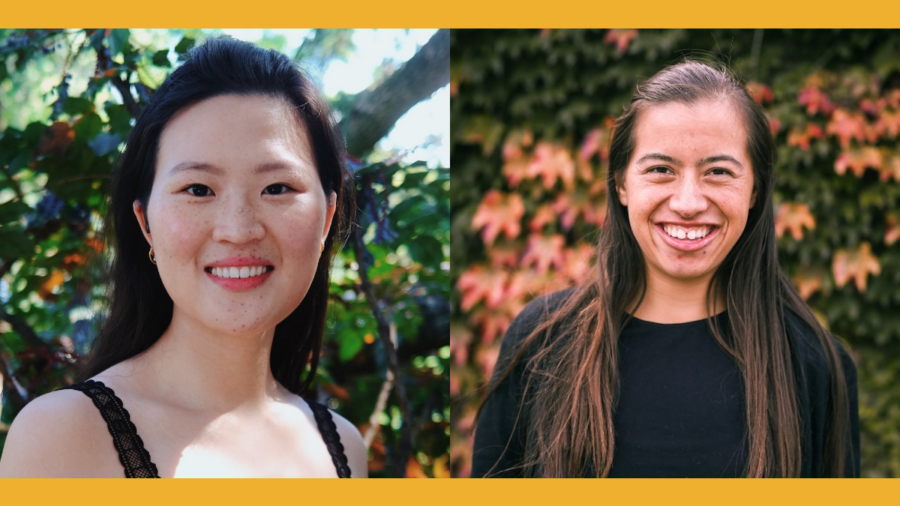
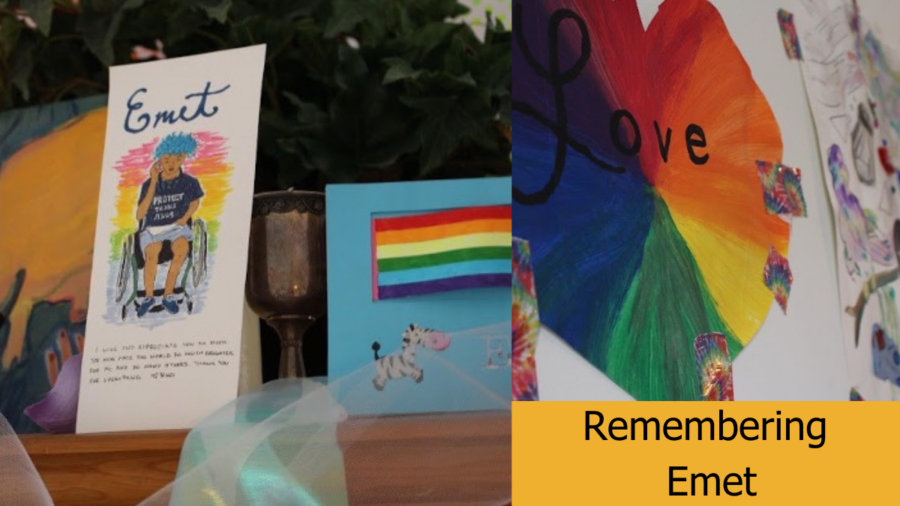
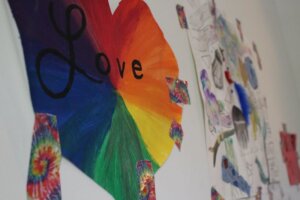
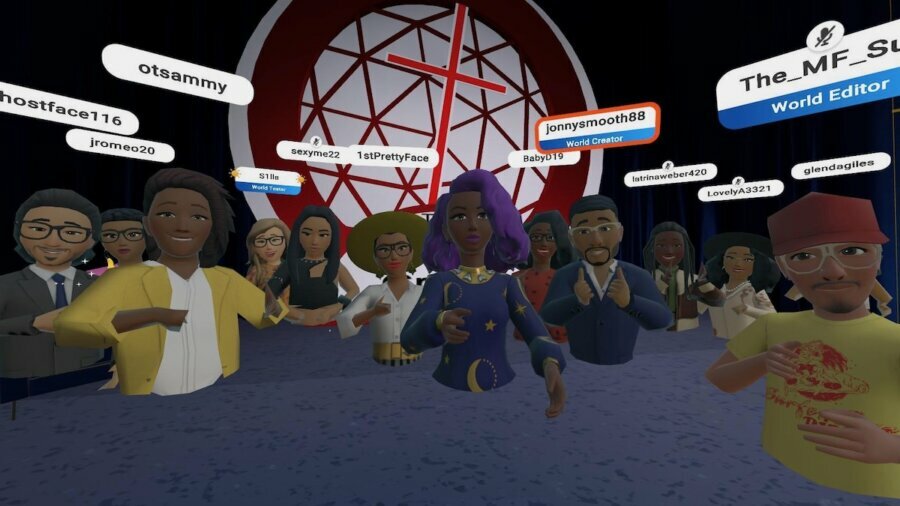
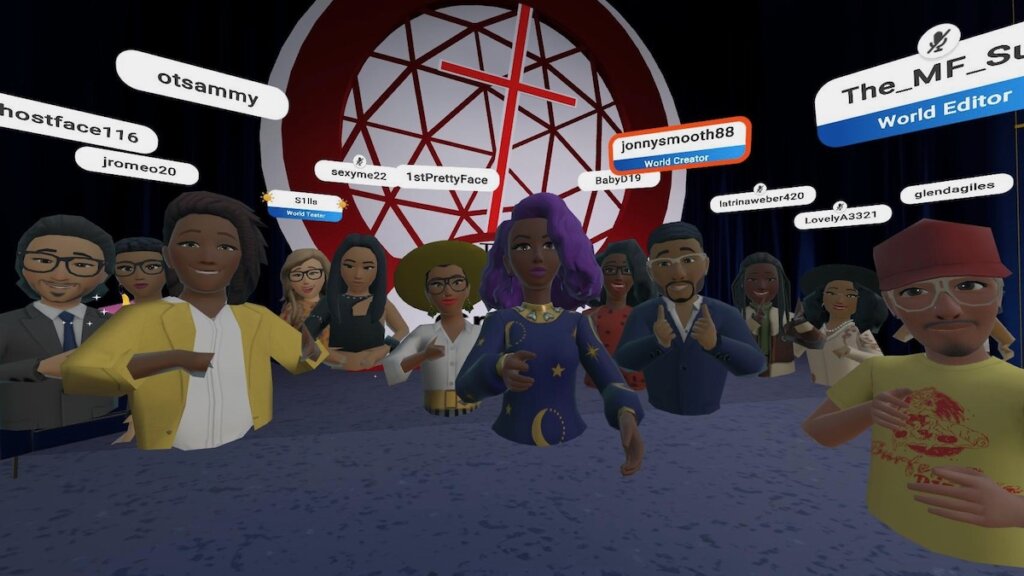
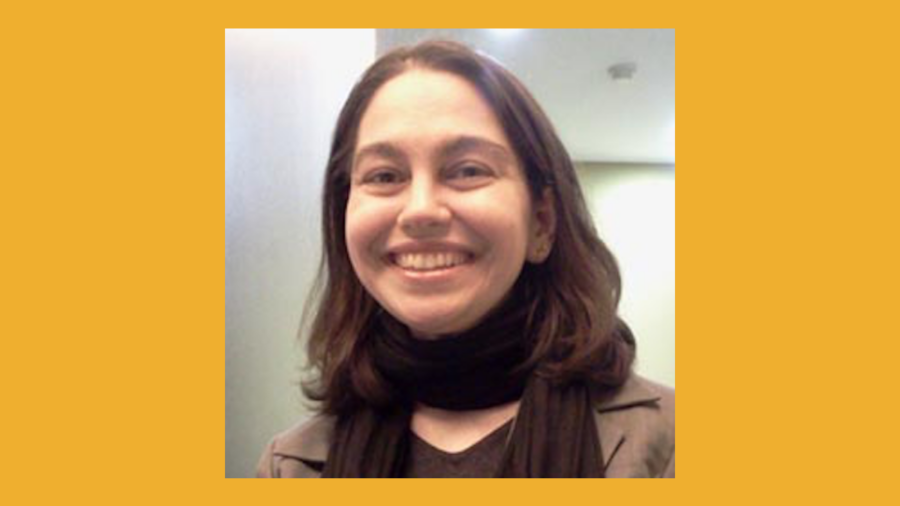
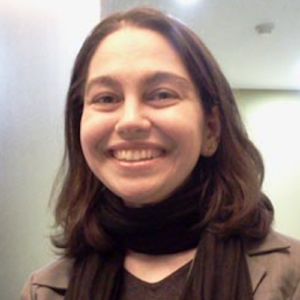 During this Mental Health Awareness month, I’ve been reflecting on how faith communities address mental health needs and become more inclusive in this area. While there still is a need for more education and decreasing stigma about mental health, it is encouraging to see more communities being willing to discuss these topics and offer ways to support people.
During this Mental Health Awareness month, I’ve been reflecting on how faith communities address mental health needs and become more inclusive in this area. While there still is a need for more education and decreasing stigma about mental health, it is encouraging to see more communities being willing to discuss these topics and offer ways to support people.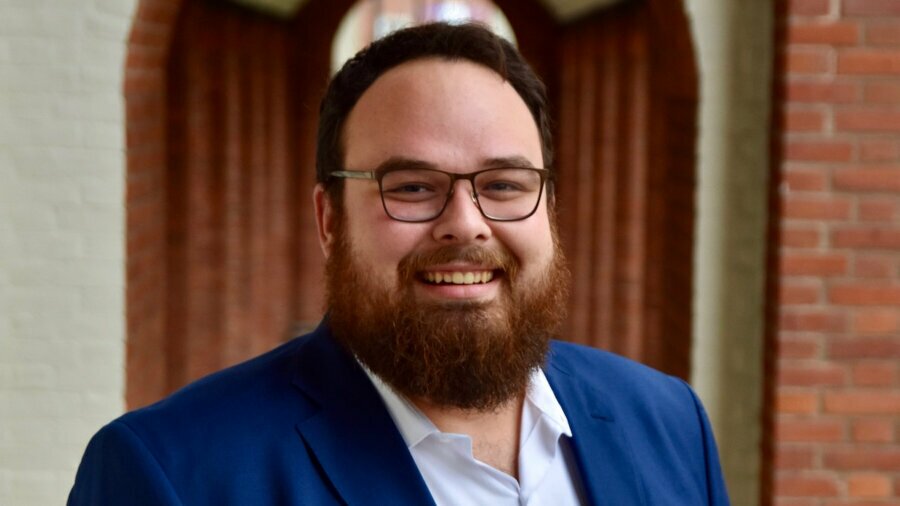
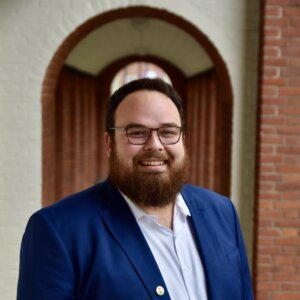 In the disability community, we know that mental health-related disabilities are disabilities. It still feels like the rest of the world has yet to catch up. As a person of faith myself who has mental health-related disabilities along with fellow family members, I have wondered why this identity disparity existed between mental health conditions and disability.
In the disability community, we know that mental health-related disabilities are disabilities. It still feels like the rest of the world has yet to catch up. As a person of faith myself who has mental health-related disabilities along with fellow family members, I have wondered why this identity disparity existed between mental health conditions and disability.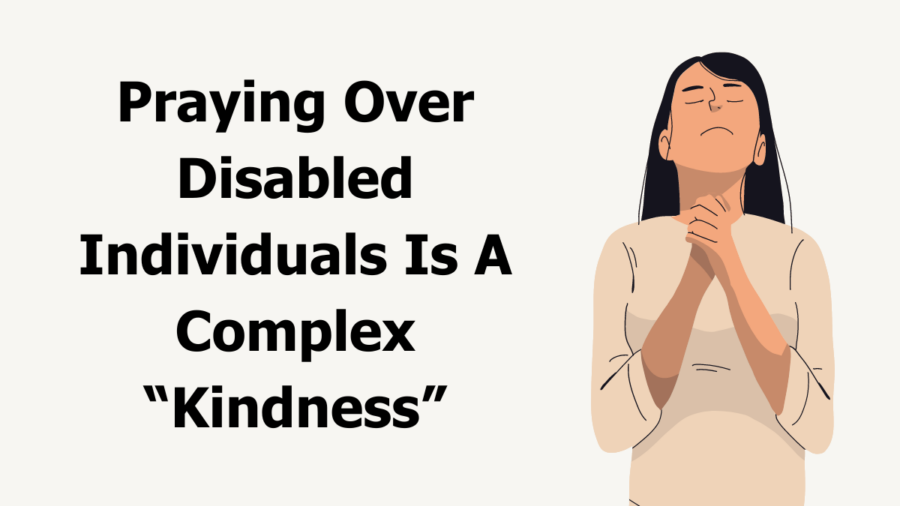
 Ben Spangenberg is the Senior Manager of RespectAbility’s National Leadership Program. Ben was born with Spina Bifida in Long Beach, California in 1981. His mother had amniocentesis, but the test got switched and his development was seen to be within the ‘normal’ range. They did not confirm his diagnosis until his mother went into labor. Ben’s doctors immediately threw his parents suggestions on how to take care of a child with disabilities. Ben said, “The doctors firmly suggested that my parents leave me at the hospital so the state could take care of me. My parents said, ‘no way’ and raised me as much as possible like my brothers and sisters.” This was a common conversation between doctors and parents of children with spina bifida then.
Ben Spangenberg is the Senior Manager of RespectAbility’s National Leadership Program. Ben was born with Spina Bifida in Long Beach, California in 1981. His mother had amniocentesis, but the test got switched and his development was seen to be within the ‘normal’ range. They did not confirm his diagnosis until his mother went into labor. Ben’s doctors immediately threw his parents suggestions on how to take care of a child with disabilities. Ben said, “The doctors firmly suggested that my parents leave me at the hospital so the state could take care of me. My parents said, ‘no way’ and raised me as much as possible like my brothers and sisters.” This was a common conversation between doctors and parents of children with spina bifida then.
 As the program manager of the Minneapolis Jewish Community Inclusion Program for People with Disabilities for 13 years, I was invited to speak about the program at numerous Jewish community events. I spoke about changing attitudes and fighting stigma to advance inclusion. Following many presentations, someone from the audience waited to speak to me, waiting in the back of the line. Their question was always the same. “Do you include people with mental illnesses in the inclusion program?”
As the program manager of the Minneapolis Jewish Community Inclusion Program for People with Disabilities for 13 years, I was invited to speak about the program at numerous Jewish community events. I spoke about changing attitudes and fighting stigma to advance inclusion. Following many presentations, someone from the audience waited to speak to me, waiting in the back of the line. Their question was always the same. “Do you include people with mental illnesses in the inclusion program?”
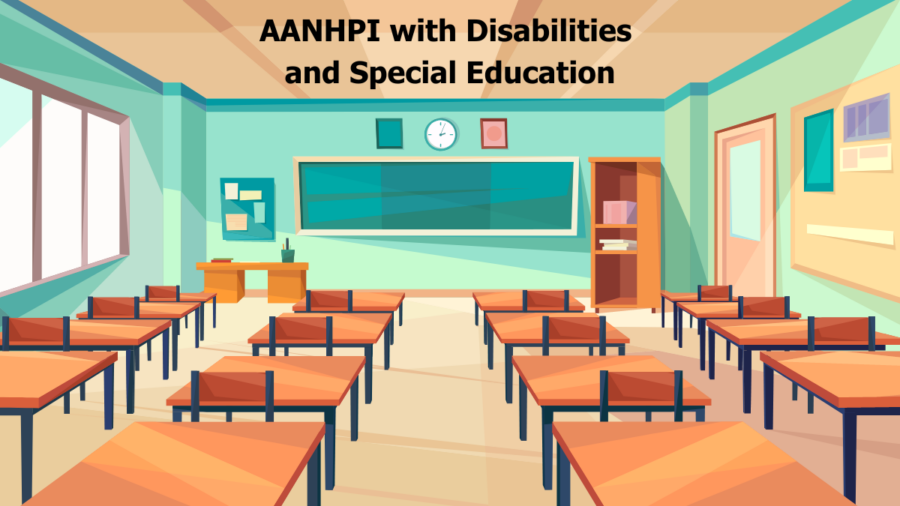
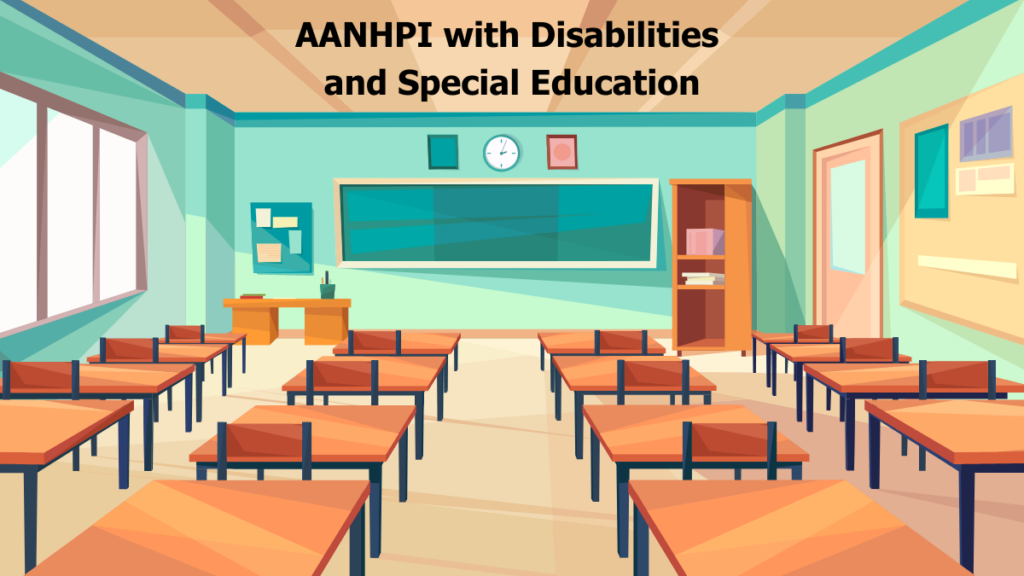 Asian American and Native Hawaiian/Pacific Islander (AANHPI) students are the least likely of all races to receive special education services. According to the
Asian American and Native Hawaiian/Pacific Islander (AANHPI) students are the least likely of all races to receive special education services. According to the 

